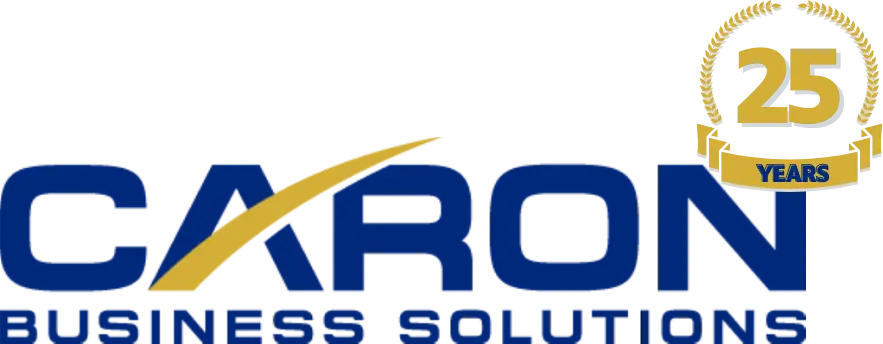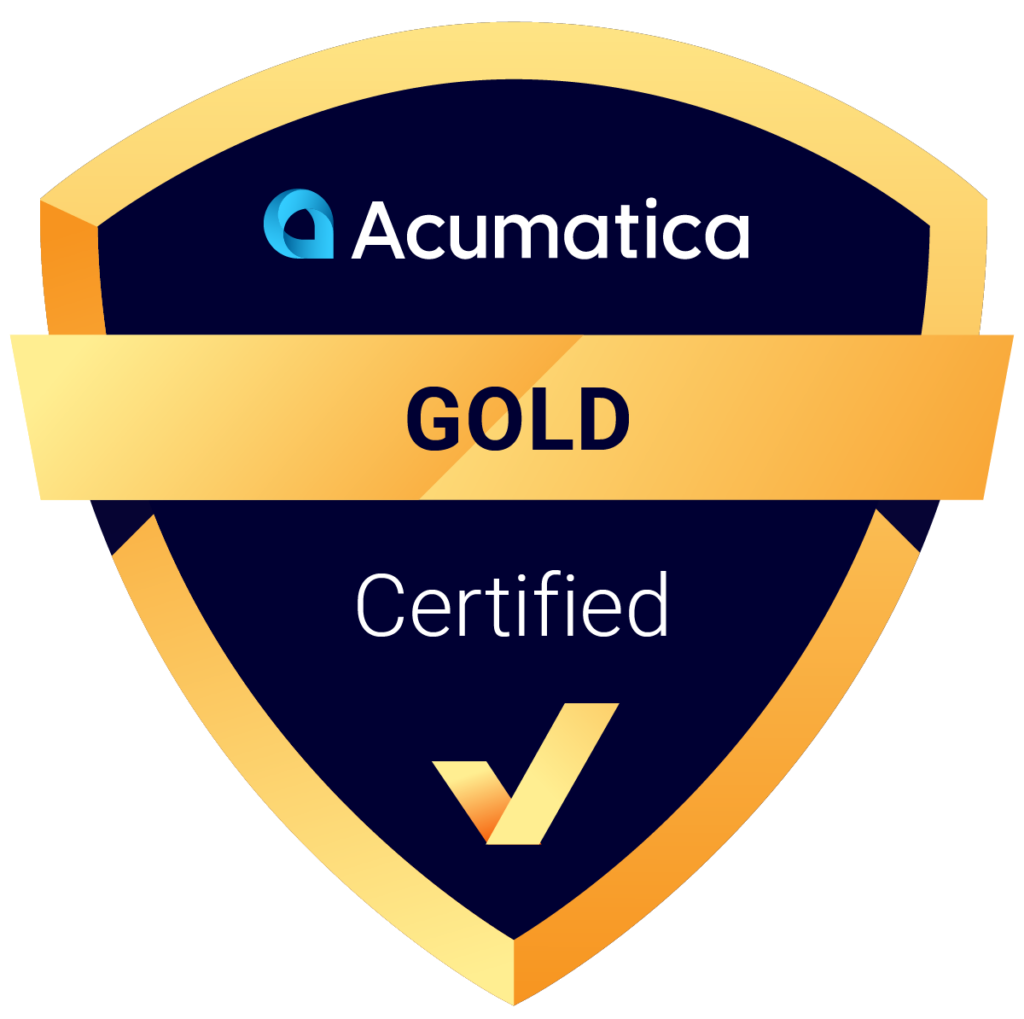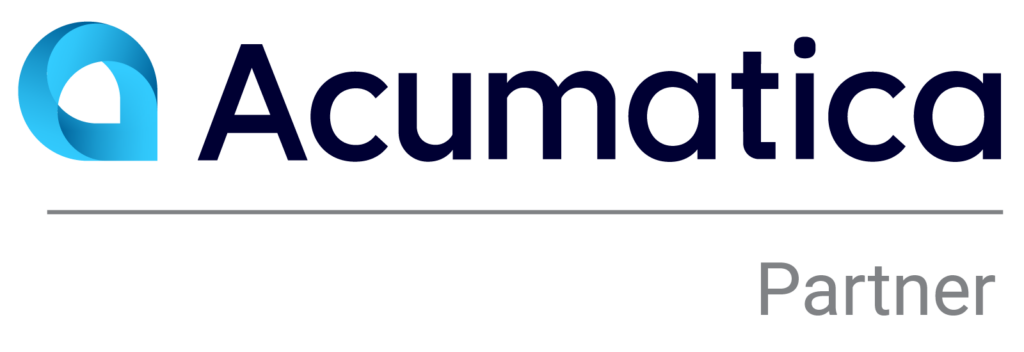I run marathons.
There, I’ve said it, and I feel better to finally admit the addiction. It’s not easy to tell the world about my problem, but I’ve heard that admitting the problem is the first step.
Speaking of steps, marathons have a lot of them. A marathon is 26.2 miles which are 1,660,032 inches. I cover about 30 inches with every step so, in my case, a marathon is about 55,334 steps.
To run those 55,334 steps within a reasonable time and not die trying, I have to practice….and practice…..and practice. Like most runners, I want to finish every marathon, and I want to set a PR – a Personal Record – every time. Yes, I want to fight Mother Time and get faster as I get older! Therefore, I have to prepare! Proper preparation is necessary. The brilliant comedian Tommy Tiernan provides an excellent explanation of how NOT to prepare for a marathon.
I’ve read many running blogs (it’s all part of the addiction). There’s a common theme in these blogs – everyone wants to run faster – and wouldn’t you know it? – To run faster, you have to run faster. Experienced runners explain that to prepare for a marathon, you will have to do a lot of running. How much? How about 50 miles (80.5km) a week for 18 weeks? That’s 900 miles. That’s 1,448 kilometers. No matter how you measure it, that’s a lot of running!
But running a lot is not enough. You need a plan that will train your body to get better at it without wearing it out. Just running, running, running will get you tired, tired, tired as well as crabby and probably injured. I follow a running plan as most runners do. However, even a running program does not help with one critical aspect of finishing marathons – the mental aspect. You have to want this, and you have to feel very confident that you can do it! It can be tough to stay confident when you’re doing a 3 hour long run in the winter. It can be even more difficult when the other challenges of life interrupt your brilliant plan to win the Vancouver Marathon.
To address this issue, I added a small twist to my running program. It’s what I call my Point1, and it’s working well for me.
Here’s my brilliant plan. Every single workout in my training plan has an intended distance. Every time I train, I simply add a 0.1 to the intended distance. For a 10k run, I run 10.1. A 30k long run is 30.1. A 16-mile run is 16.1. That’s it – simple! Even my limited math skills enable me to calculate the extra amount to run each time. It’s just Point1.
So why does this work for me? There are just two reasons.
First, it’s simply not much. Just one short loop to the end of the block will do it. Running to the car instead of walking gives you 0.1. It’s easy to do and, over time, it lets you build up a “bank” of extra miles – the Point1 Bank.
The second reason is life. As I mentioned above, life can interfere with your training plan. I know that no matter how dedicated I am to my training plan, there will be reasons to miss a workout. I might get sick, or I may have to travel for work or vacation. The fact is I’m going to miss some runs. When that happens, I can borrow from the Point1 Bank because I’ve made deposits on my previous runs. Even with missed runs, I may be able to get the total distances I need to prepare for the marathon. I may still get the 1,448 km that the plan called for. If you’re anything like me, it matters that you come close to the plan; that you don’t fall too short of the goal. This simple plan provides an easy way to stay close to the goal.
So what’s your Point1? I think this plan can be applied to most things in business. At Caron, I encourage my staff to execute Point1’s when they work for our clients. If we all do a little extra every day that we work, we will also build up a bank of Point1’s that might come in handy some day.
There are several ways Caron consultants deliver Point1’s.
- We sometimes add a little more to a requested report even if the client doesn’t ask for it because we know, from prior experience, that the extra information would be helpful.
- We often provide summaries to meetings to clarify confusing points or offer advice on next steps. We don’t wait to be asked.
- We research our new clients and visit their websites. It always amazes me how hard it is to spot errors on your own site yet how easy it is to detect errors on the sites of other companies. If we see errors, we will tell you.
- A very useful Point1 for our clients is delivered when we do some additional analysis to support a configuration decision. The configuration has long-lasting effects. We can help if we research what the effects will be and let our clients know.
We hope that we’re building up the Point1 Banks with our clients. We never really know if or when we’ll need to make some withdrawals but isn’t it an excellent idea to have a healthy bank balance? And here’s a dirty little secret from the running world. Sometimes a Point1 becomes a Point2! The bank balance just gets bigger!
Would the Point1 plan help your company? I’d be happy to discuss it with you anytime. Perhaps on a run someday?




